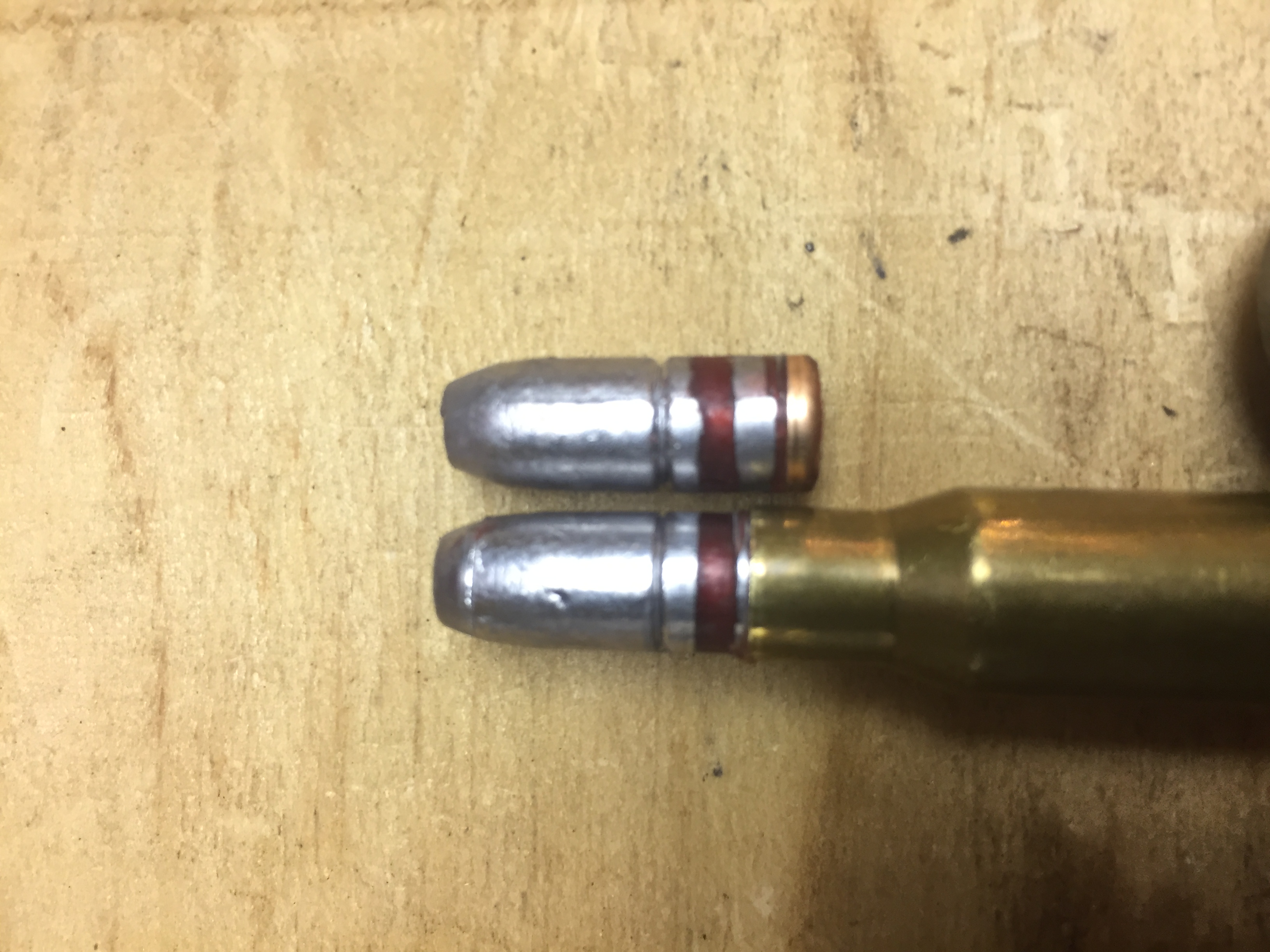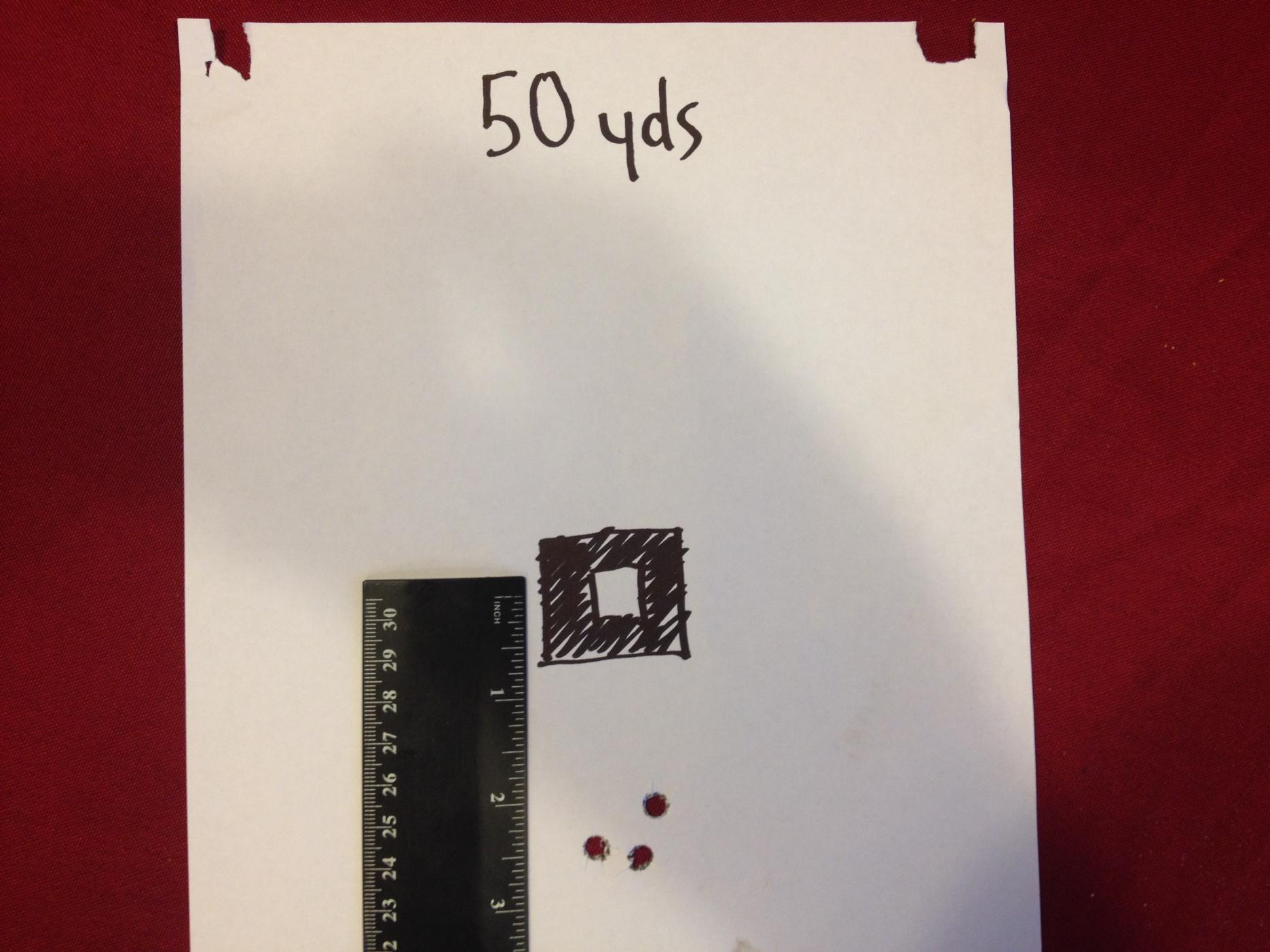

That speaks volumes.Īn absence of anything but low-quality, surplus-type ammunition didn’t improve perception of the cartridge, either. 220 Russian case, which itself is based upon a necked-down 7.62x39 mm. 22 PPC and 6 mm PPC, were derived from the. In fact, two of the most-accurate cartridges extant, the. The proliferation of the SKS and, especially, the AK-47, was (and is) a “double-edged sword” for the 7.62x39 mm cartridge whereas the utterly reliable rifles created widespread use of the round and established its reputation as a fight-stopper, the arms’ lackluster accuracy, which was not helped by the manner in which they were (and are) employed, have unfairly painted it as an inaccurate round.

Because of the circumstances surrounding, and locations of, world conflicts since its unveiling, this “middle-ground” cartridge has proven time and again to be particularly well-suited for the “modern” battlefield-spitting distance engagements in jungles and city streets, where the extra energy and reach offered by full-length rifle rounds, such as the 7.62x54 mm R, is generally unnecessary. As such, it’s ideal for engagements out to about 400 yards. The cartridge’s 1.528 inch-long case holds sufficient propellant to attain a nominal muzzle velocity of 2,350 fps with a 123-grain FMJ bullet, placing it between the 7.62x25 mm Tokarev and 7.62x54 mm R, two other Russian creations, with regard to external and terminal ballistics (energy, range, etc.), recoil and physical size. SKS and AK-47 rifles are still the arms most commonly chambered for this efficient, ultra-reliable cartridge. The rifle with which the chambering is inexorably linked, the select-fire AK-47, was not ready for military trials until after the war ended. During World War II, such arms included the semi-auto SKS-45 and full-automatic RPD. 30-’06 Sprg.), the rimless, bottleneck M43 reliably feeds, fires and extracts in a range of arms and environs, including debris-filled deserts and the frozen tundra. 396 inches along its length and a relatively shallow 17 degree, 30-minute shoulder angle (the same as the. The resulting round, the 7.62x39 mm (7.62x39 mm Soviet M43), was (and still is) one of the best cartridges for its intended purpose-medium-range engagements using maneuverable selective-fire individual arms.

In fact, shortly after facing the cartridge in battle in Cholm, Russia, in 1942, the USSR commenced creating its own intermediate-range infantry cartridge. It could be said that Nazi Germany’s 7.92x33 mm Kurz, a shortened version of the 8 mm Mauser (aka 7.92x57 mm), left an indelible impression on the Soviet army. That’s where the primary parallels end there are real, noteworthy differences to consider when contemplating the cartridge to best fit your shooting needs. 300 AAC Blackout that, ballistics-wise, can be quite similar.

But, quickly growing in popularity are the stalwart 7.62x39 mm and the newer. 50 Beowulf, the ubiquitous 5.56 NATO still reigns supreme. Within the AR-15 platform, however, where cartridge options range from Given the quantity of both small- and large-scale AR parts and accessories manufacturers-particularly in the aftermarket-there’s something to satisfy even the most-discriminating palate. Owing to its modular design, the adaptability of the modern sporting rifle (MSR) is unparalleled in fact, it’s the only platform with which the highly subjective term “perfection” can be quickly, easily and affordably achieved for a large (and growing) segment of the shooting public.


 0 kommentar(er)
0 kommentar(er)
